

Alexei Novikov / Adobe Stock
Gothenburg, the second largest city in Sweden, is on the list of 2021 LonelyPlanet’s World’s Best Travel Destinations. If you don’t know the city well, you can join me for a tour first.
It has many keywords, the best eco-friendly travel experience, Sweden’s most exciting creative center, delicious food… Go and see Gothenburg, it can surprise you~
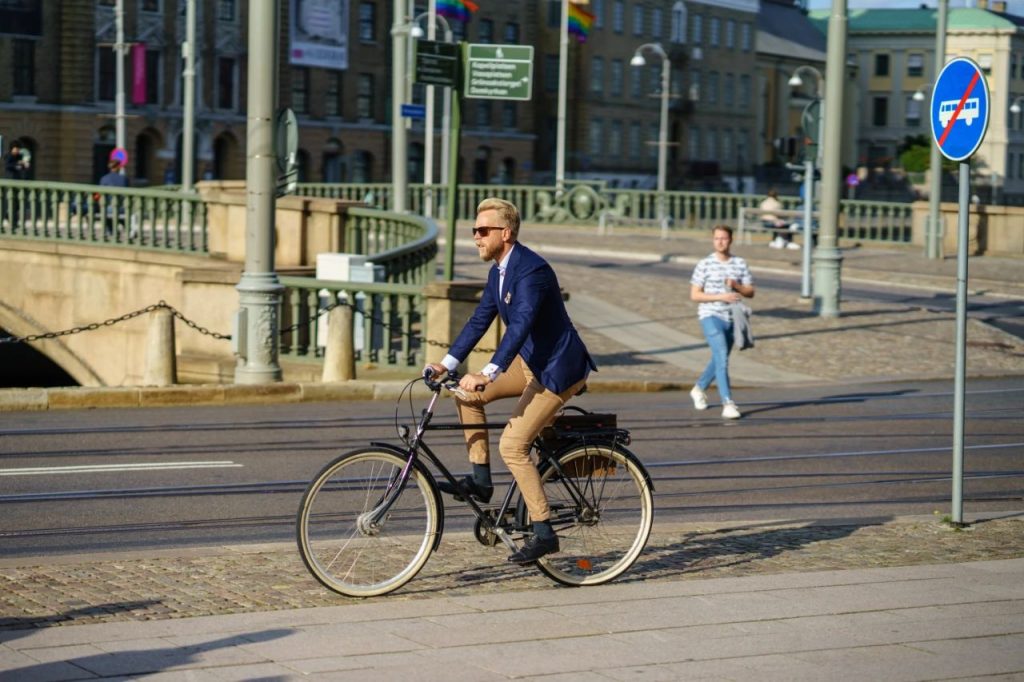
©nrqemi / Shutterstock
The Swedes don’t like to brag, so let’s help them: Gothenburg, which is highly recognized, deserves its name, because it consistently ranks at the forefront of the Global Destination Sustainability Index.
Ninety-five percent of hotels have passed environmental protection certification, 65% of public transportation uses renewable energy, and it is a great honor for restaurants throughout the city to obtain eco-labels.
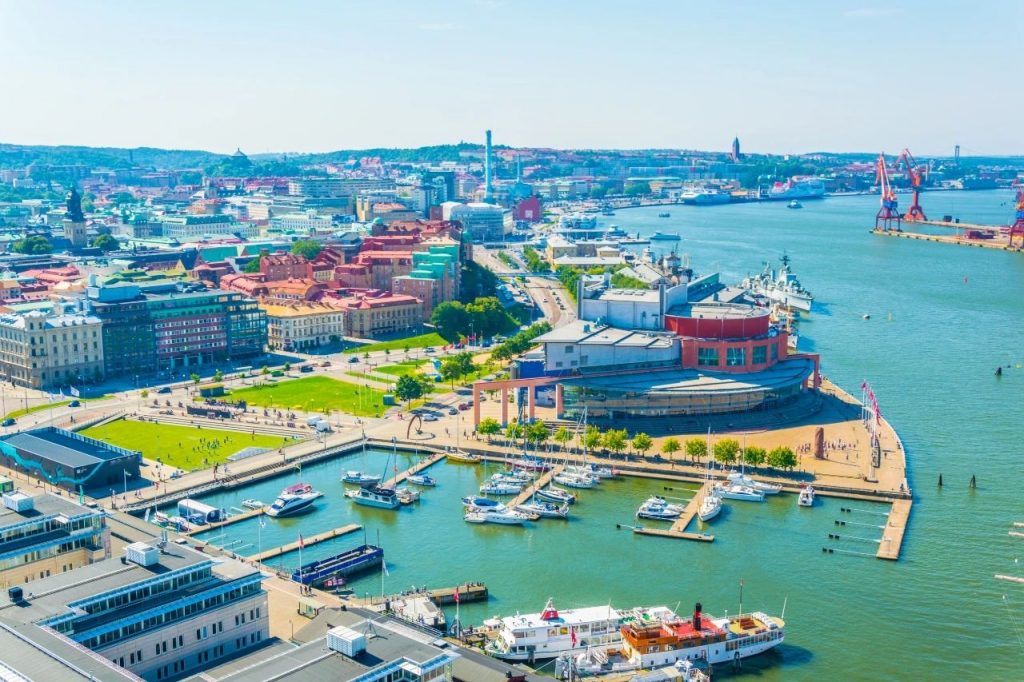
©Image by trabantos/Shutterstock
Although shrouded in the shadow of Stockholm all year round, the sociable and relaxing Gothenburg is actually more popular with tourists (and Swedish residents) than the fast-paced capital.
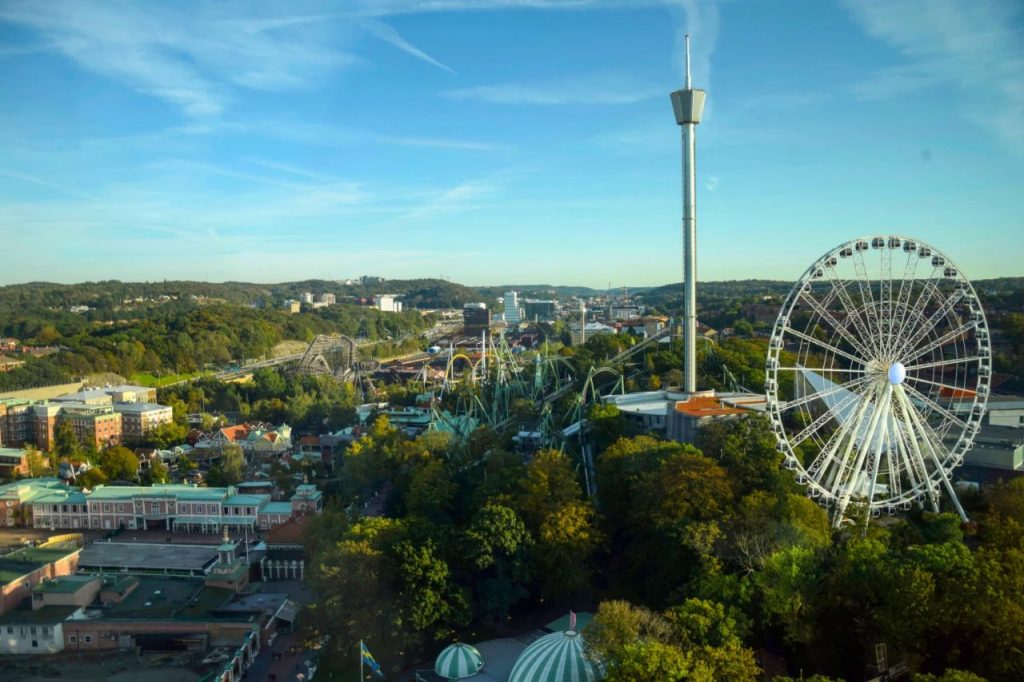
©Mark Johanson / Lonely Planet
The streets of this cosmopolitan port have nurtured many of the country’s best talents, including music icon José González and rock band Soundtrack of Our Lives.
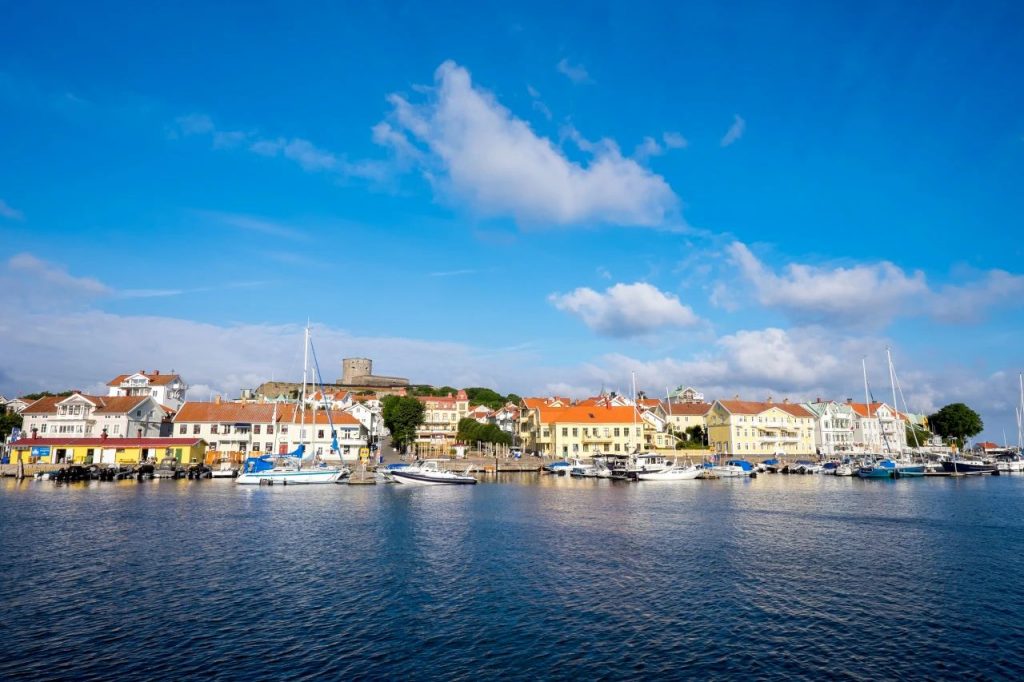
©Image by Rolf_52/Shutterstock
The trams creaked along the street, with neoclassical buildings on both sides, and stylish mini cafes, exuding a friendly and cheerful atmosphere. And there will always be some cutting-edge art and architecture that will attract your attention.
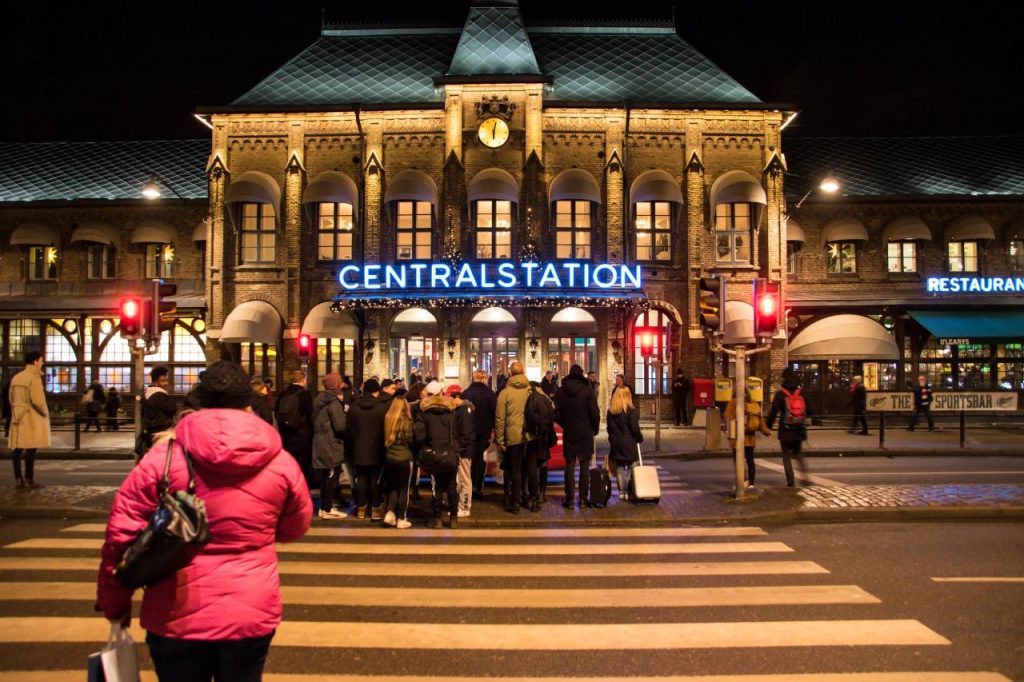
Streets of Gothenburg©Maria Eklind
The shop-lined Östra Hamngatan street starts at the central railway station at the northern end of the city and extends to the southeast, crossing one of Gothenburg’s few 17th-century canals, passing through the lush Kungsparken, and leading to Avenyn Avenue- This avenue full of boutique shops and high-end bars is called the “Champs Elysées” in Gothenburg.
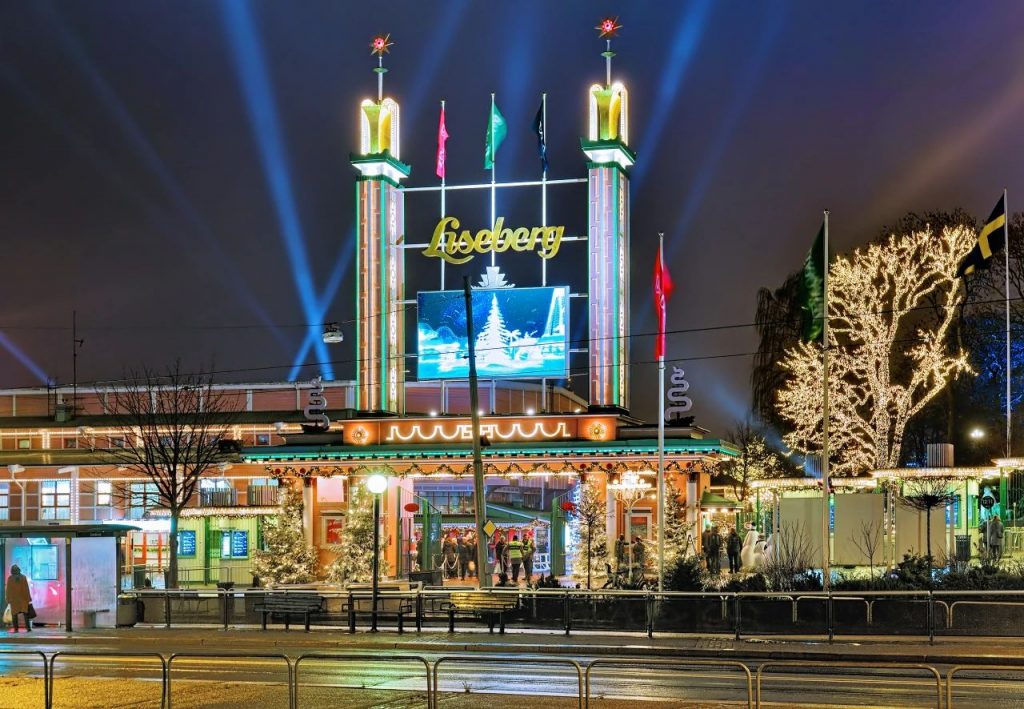
©Image by Mikhail Markovskiy/Shutterstock
The beautiful waterfront is full of navigation-related things, from ships, aquariums and marine-related museums to the freshest fish, to the creative Vasastan, Haga, and Haga in the west. Linné (Linné) area.
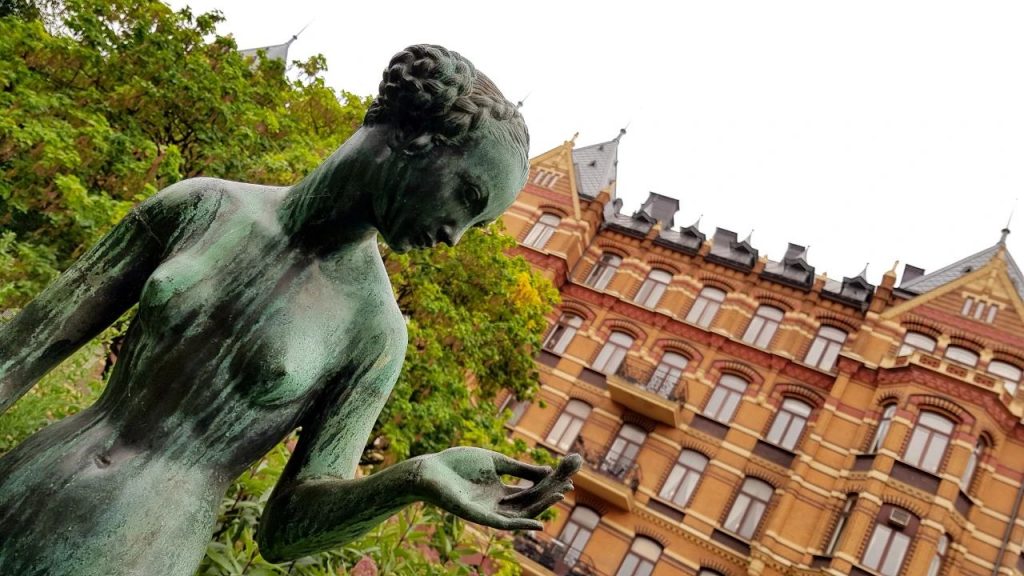
Krokus © Blondinrikard Fröberg,
Fashionistas design value-for-money clothes, artists collaborate to make excellent espresso, and street artists add interest to the otherwise desolate building facade. Stockholm may represent the “highest level”, but many of the best ideas stem from this grassroots town.
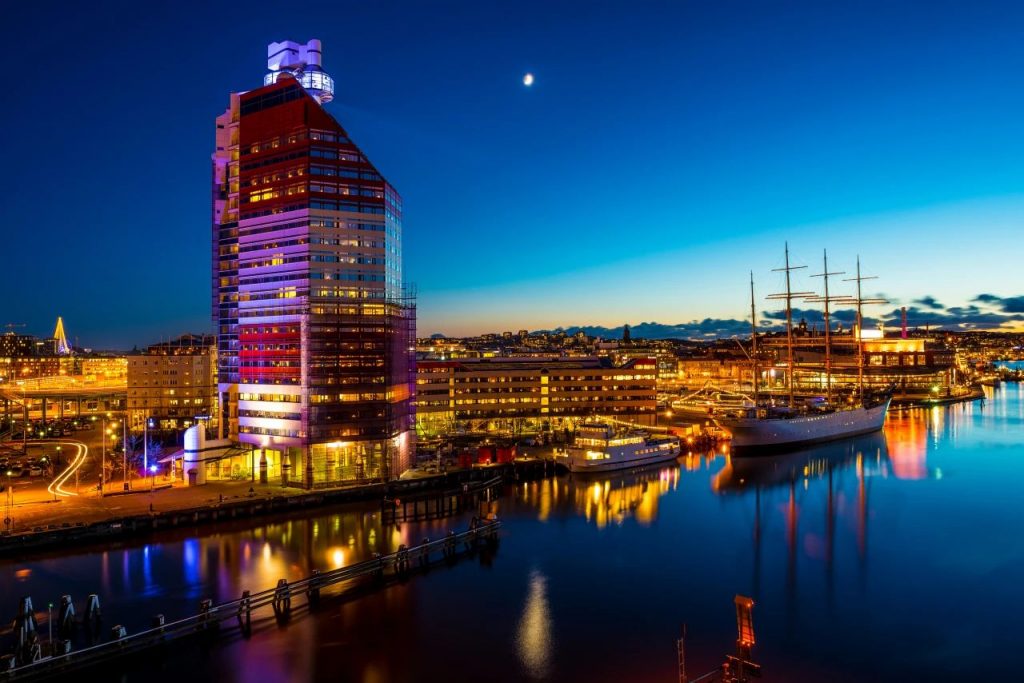
©Image by joahol0323/Getty Images
Where to go
Museum cruise
Röda Sten
www.rodasten.com
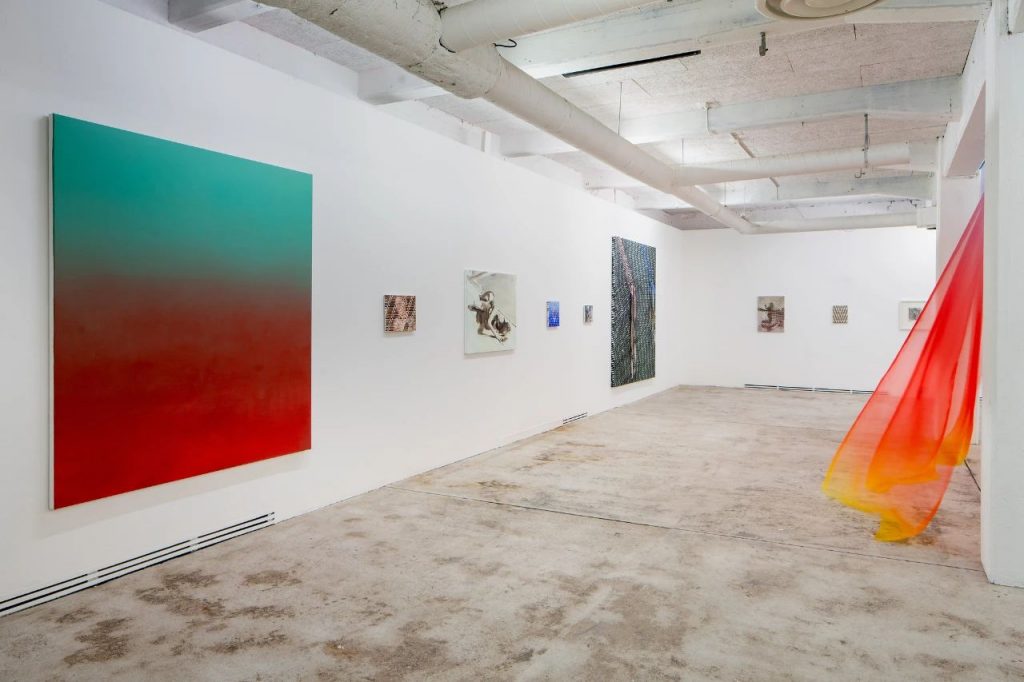
Installationsbild Can You Hear Me (Ditte Ejlerskov, 2019) © Hendrik Zeitler (7) © Röda Sten Konsthall
The Röda Sten Art Gallery is located in a graffiti-filled power plant on the side of the huge Elfsborgsbron (Älvsborgsbron). This building has four floors and contains many temporary exhibitions, such as the cutting-edge Swedish photography exhibition and the Danish-Filipino artist L. Cuenca Rasmussen (Lillibeth Cuenca Rasmussen) created a rap video exhibition of the opposite sex. To challenge gender stereotypes in Afghan society.
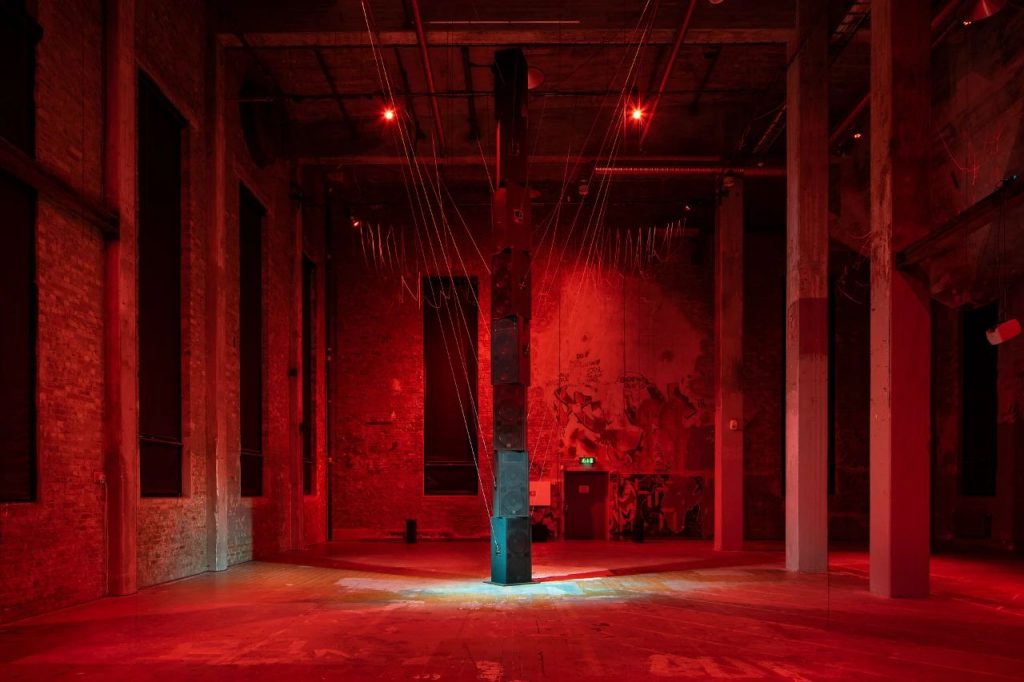
A Soul Transplant (2019, Vivian Caccuri) © Hendrik Zeitler (3)© Röda Sten Konsthall
The independent cafes here host live music performances and club nights every week, as well as unconventional and unique punk bike races, boxing matches and one-man comedies. Go under the Elvessburg Bridge in the direction of the Klippan pedestrian zone and look for a brown brick building.
Universeum
www.universeum.se
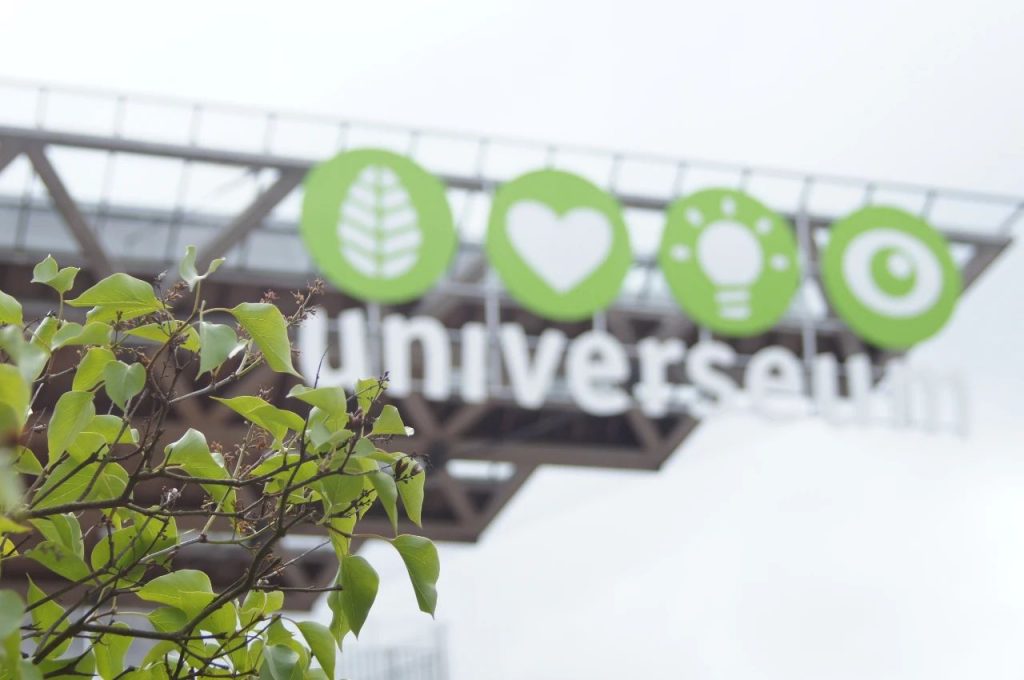
universeum Fredrik © Rubensson
It can be said that this is the best museum for children in Sweden. You will find yourself in a moist rainforest, surrounded by trickles, tropical birds, butterflies and tiny marmosets flying briskly in the greenhouse. On the upper floor are dinosaurs roaring and biting at each other; residents in the sea next door swim through the shark tunnel, and there are poisonous beauties coiling in the giant snake tank. In the “technology inspired by nature” area, you can “stick” your child on the Velcro wall.
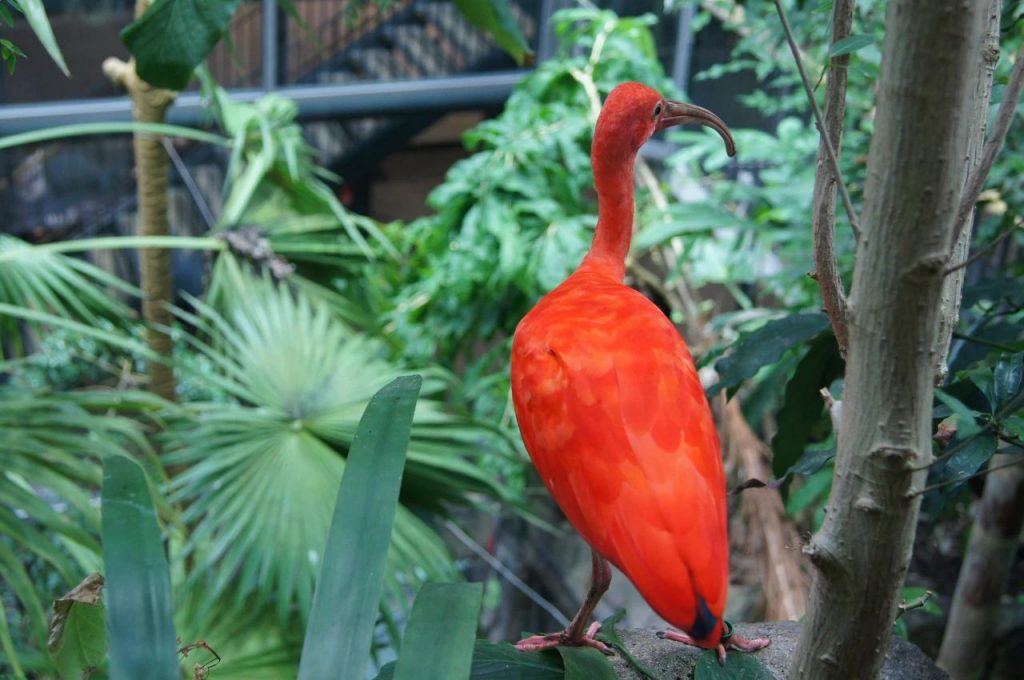
universeum Fredrik © Rubensson
If these are not enough, you can also go to super interesting science fairs where you can take part in a variety of topics, from nanotechnology and space travel to music mixing.
Art gallery
Konstmuseetwww.konstmuseum.goteborg.se
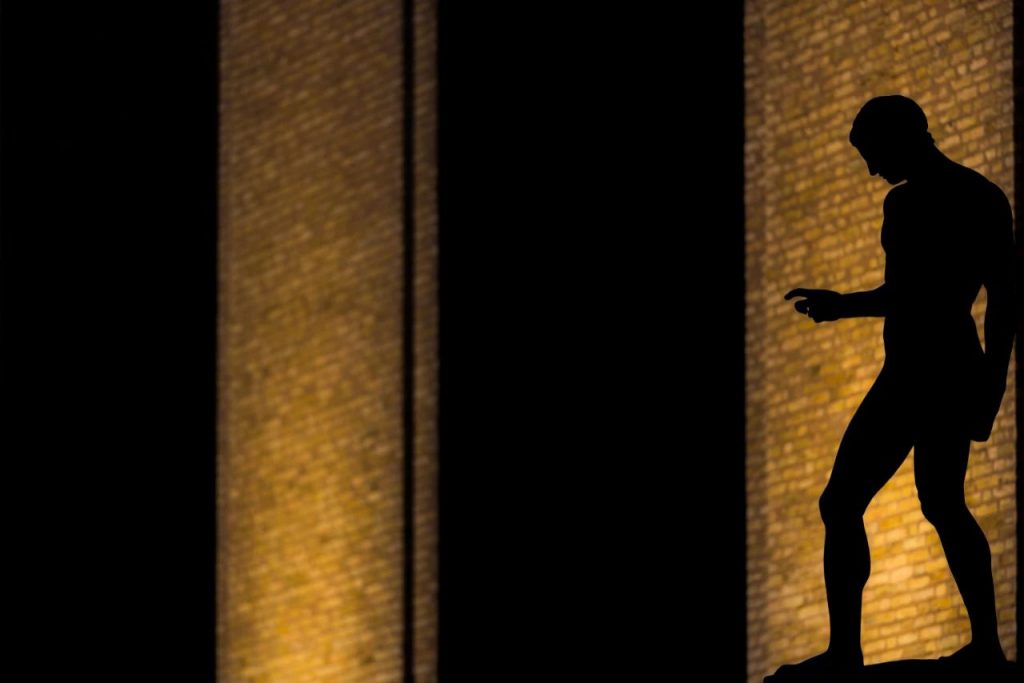
Balance © Pasi Mämmelä
This is the best art collection in Gothenburg, with works of French Impressionists, Rubens, Van Gogh, Rembrandt, and Picasso; Scandinavian masters such as Bruno Lievs (Bruno Liljefors, Edvard Munch, AndersZorn and Carl Larsson occupy the most important positions in Fürstenburg Galleries.
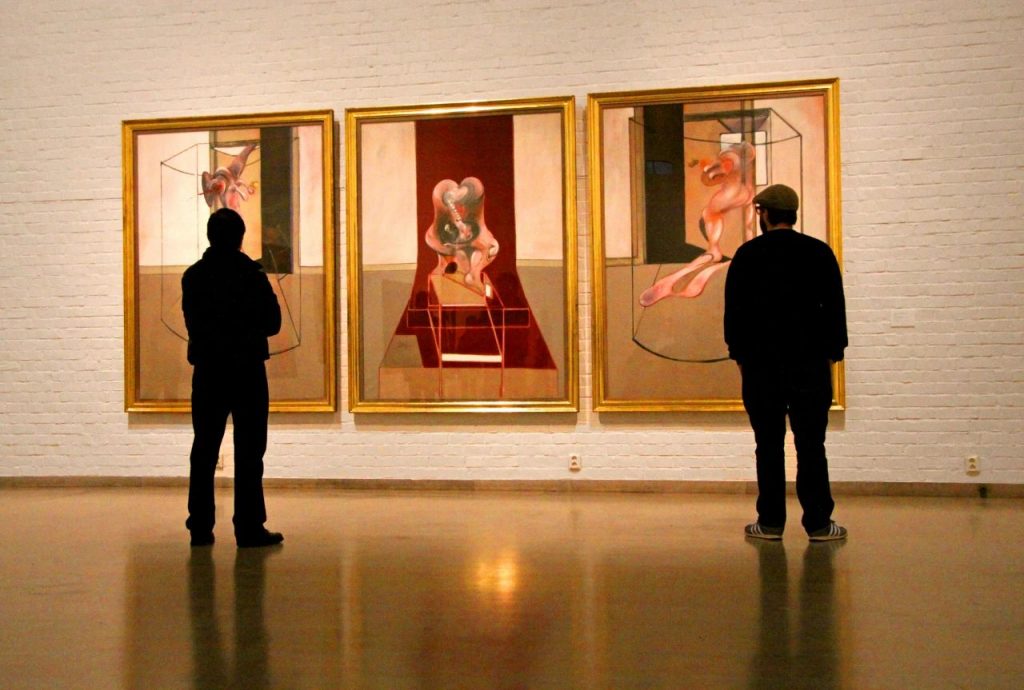
2012-05-12 © Guillaume Baviere
Other highlights include the superb sculpture hall Hasselblad Center, where the New Nordic Photography exhibition and temporary exhibitions of the next generation of Nordic art are held every year. Directly in front of the door is a bronze fountain of Poseidon (Poseidon). After the unveiling, the old-fashioned residents of Gothenburg were greatly shocked. They insisted on performing a “penisectomy” on it.
Marine museum
Sjöfartsmuseetwww.sjofartsmuseum.goteborg.se

Depth of field © Blondinrikard Fröberg
Through maps, model ships, reproduced sailor dormitories and interesting collections of objects from various periods, the Maritime Museum focuses on the maritime history of the city. The most fascinating thing is that when you are in the dark hall, you are surrounded by vacant bow statues-some are as solemn as an emperor, some are contemplative, and some look fierce. Among the many nautical trophies, you may find several shell carvings and a miniature loom in a bottle.
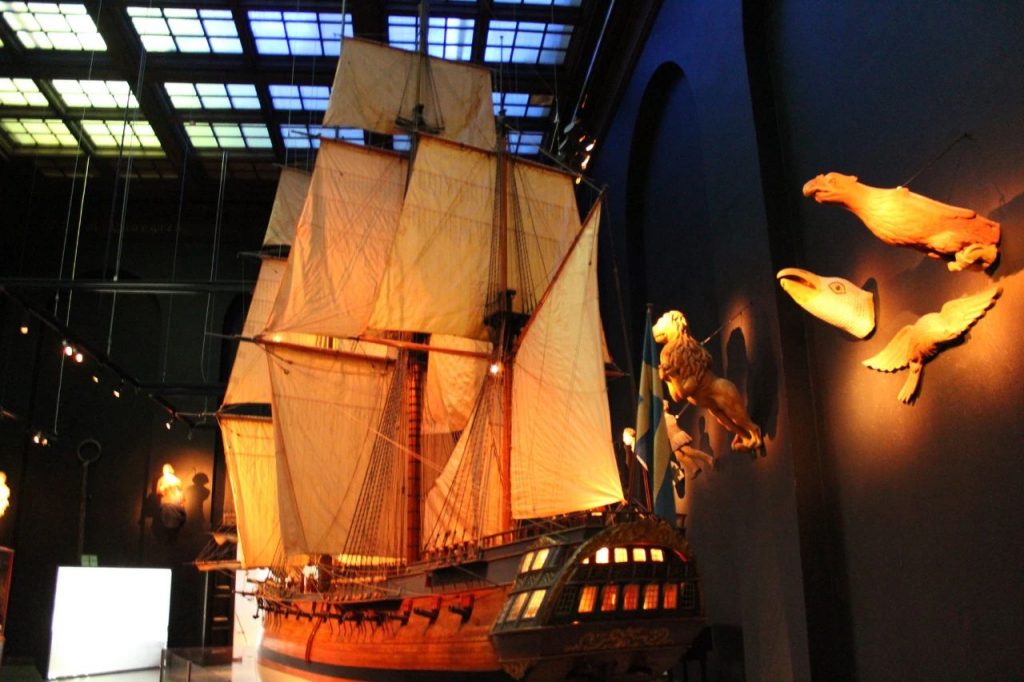
Sjöfartsmuseet In Göteborg © Nahid V
In the attached aquarium are ridiculous North Sea flounders, lobsters and upside-down jellyfish. You can also find clownfish like Nemo in tropical fish tanks. There is a Sjömanstornet outside to commemorate the Swedish seamen who died in World War I. On the top of the tower is a statue of a grieving woman.
Crossing the block
Liseberg Amusement Park
Lisebergwww.liseberg.se

©Image by Johner Images/Getty Images
Liseberg Amusement Park is the largest amusement park in Scandinavia, with a large number of various amusement facilities. Projects that will make your blood boil include: the ancient wooden roller coaster Balder; its “tempered” colleague “Kanonen” takes you from 0 km/h to 75 km/h in 2 seconds; AtmosFear is the highest in Europe (116 meters) Jumping machine; the largest new project in the park is the exciting roller coaster Helix, which takes you through 7 somersaults and experience the feeling of weightlessness. Relatively relaxing projects include carousel, fairy tale castle, outdoor dance floor, adventure playground, performances and concerts.
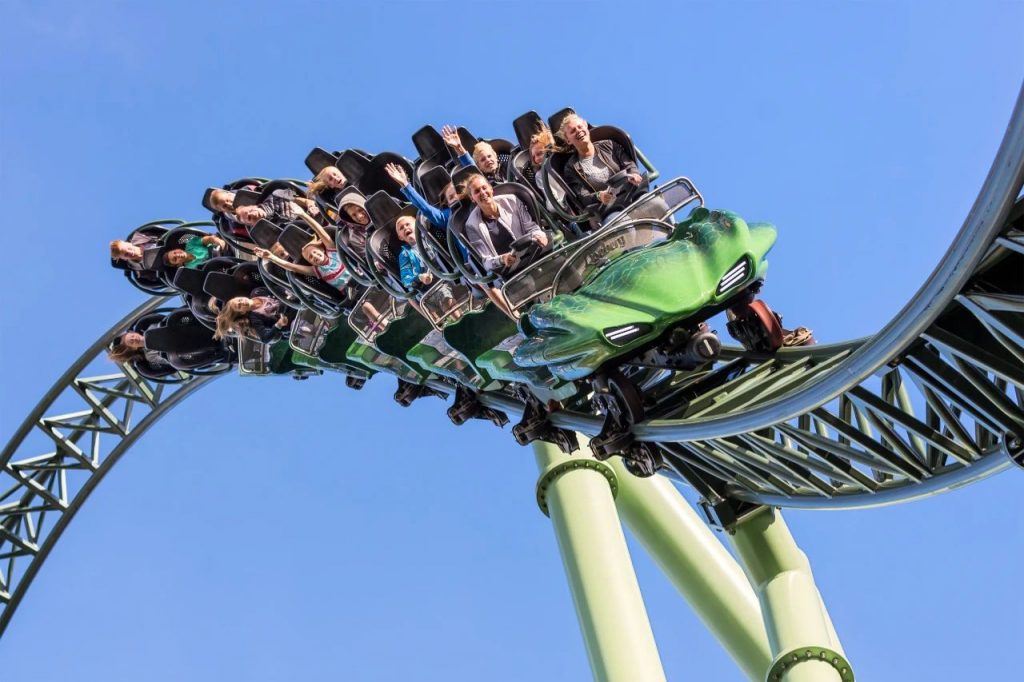
©Image by Tommy Alven/Shutterstock
If you plan to play a lot of different events, the one-day pass is the most popular way to enter the park, and it’s worth the money. For visitors taller than 90 cm, you can also choose to spend Skr90 to buy tickets into the park (those who have a Gothenburg Pass can enter the park for free), and other independent items are paid with coupons: each item costs 1 to 4 coupons ( Each Skr20). The opening hours are more complicated; you can check on the official website.
Gothenburg Fish Market
Feskekörka
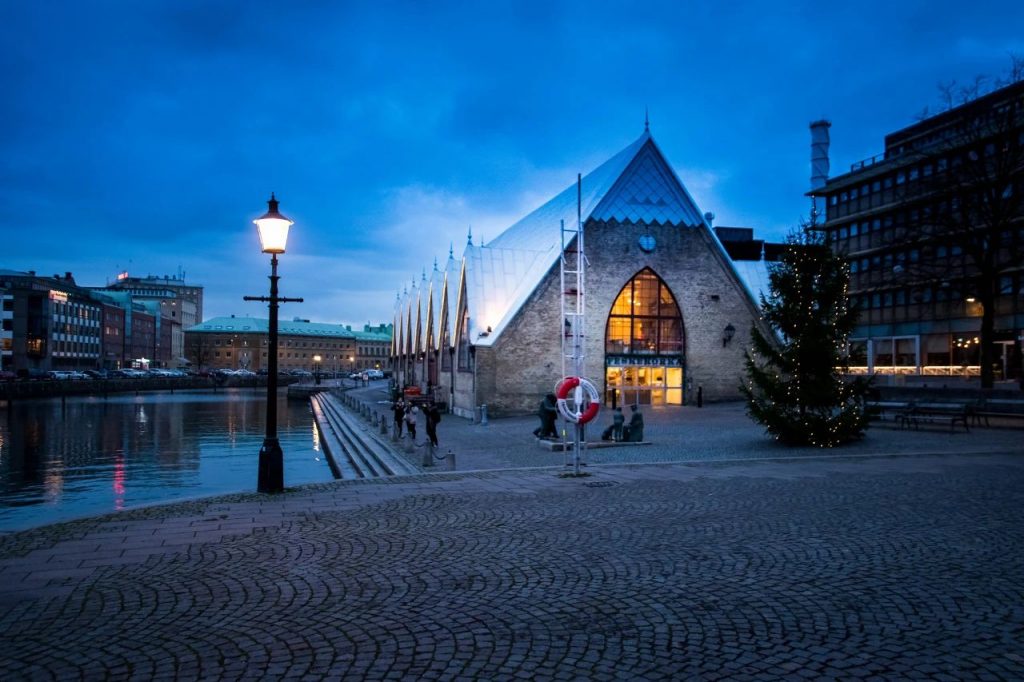
Feskekôrka©Maria Eklind
This strange fish market resembles a church. You may also see a pair of weird couples posing for photos with shellfish; they did not go wrong—because this fish market is also a place where consecrated worship and weddings are held.
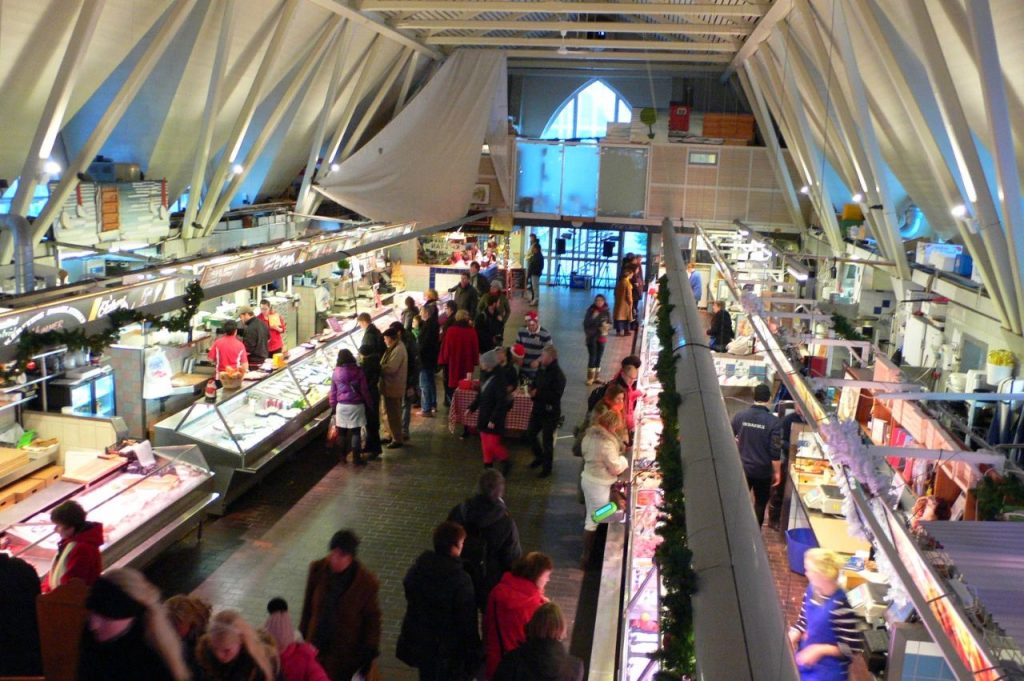
Feskekôrka (Fish church) in Gothenburg ©Heather Cowper
Garden Community Park
Trädgårdsföreningenwww.tradgardsforeningen.se
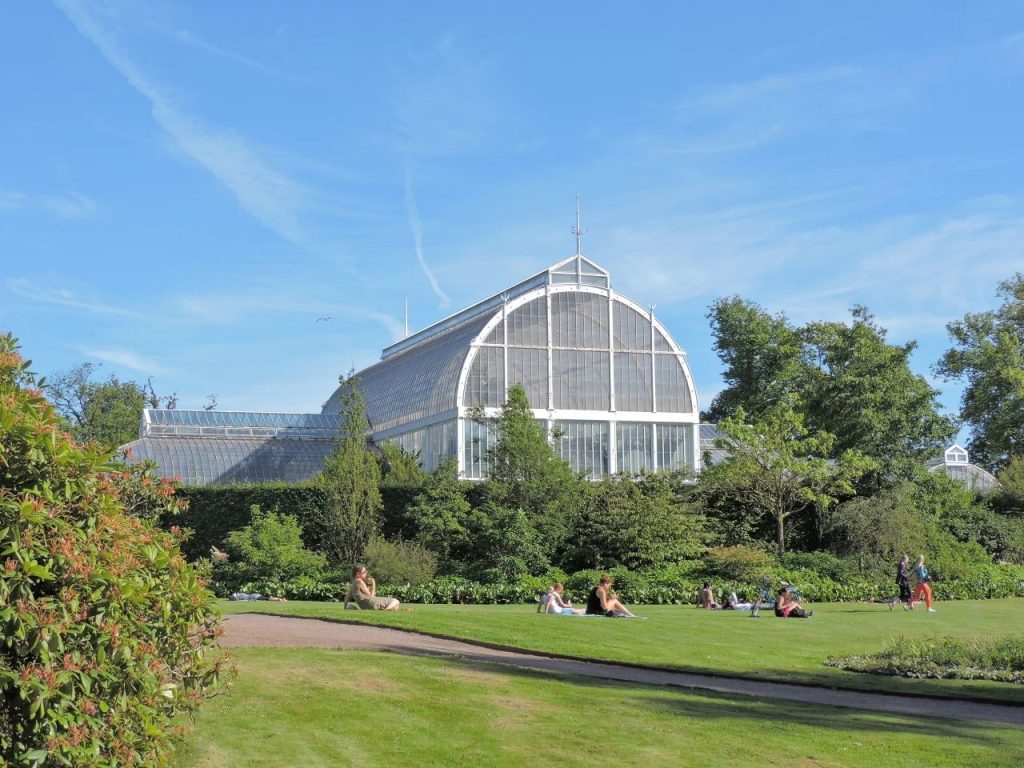
©Image by Paul2015/Shutterstock
The lush garden community park was designed in 1842 and is a large protected area adjacent to Nya Allén. The garden is full of flowers and there are many mini cafes. It is a popular place for lunch and entertainment. It is also home to the largest rose garden in Europe (rosarium), with nearly 2500 varieties of roses.
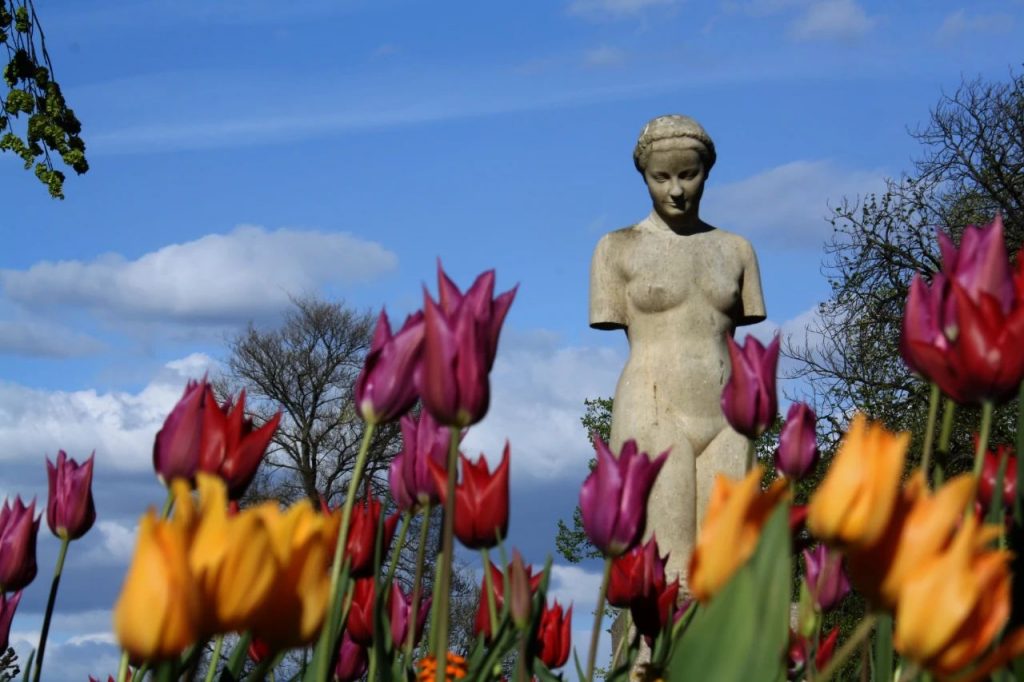
Våren – sculpture by Gunnar Nilsson © Blondinrikard Fröberg
The luxurious 19th-century Palm Huset is like a miniature version of the Crystal Palace in London, with 5 halls of varying degrees of heating: remember to look out for the spectacular Camellia Show and the 2-meter-wide tropical lily path.
Haga District
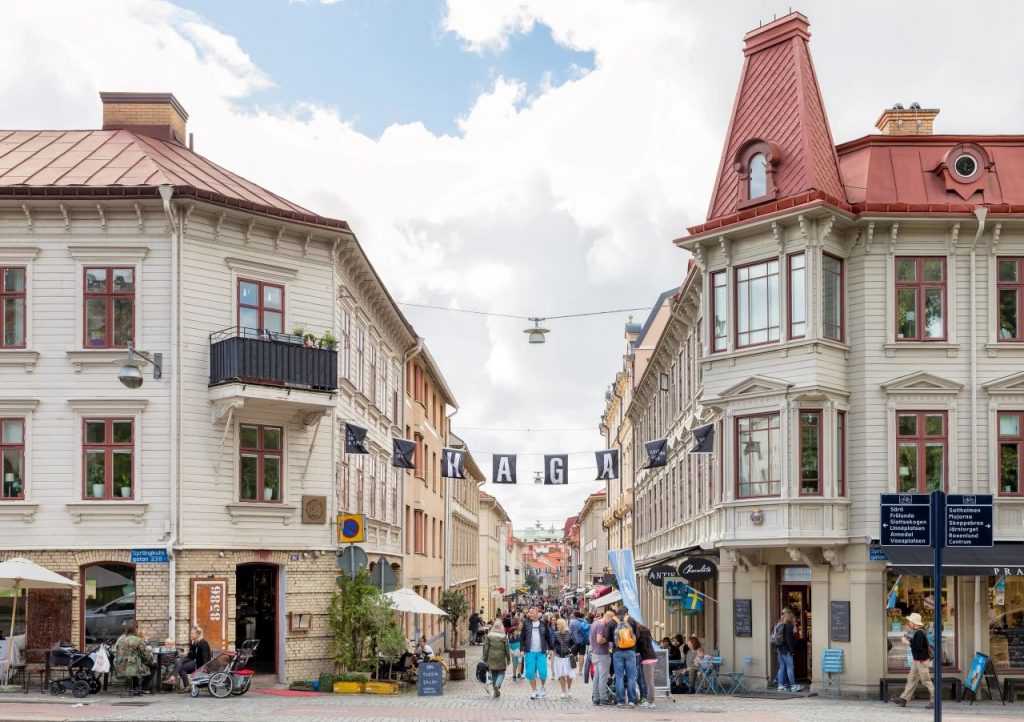
©Image by Tommy Alven/Shutterstock
The Haga district is the oldest suburb of Gothenburg and its history dates back to 1648. In the 1960s and 1970s, this was the core area most frequented by hippies. Today, the cobblestone streets and old buildings here are gradually becoming aristocratic, and cafes, charity shops and fashion shops are intertwined. During summer weekends and Christmas, shopkeepers will set up stalls along Haga Nygata, turning the whole community into a big market.
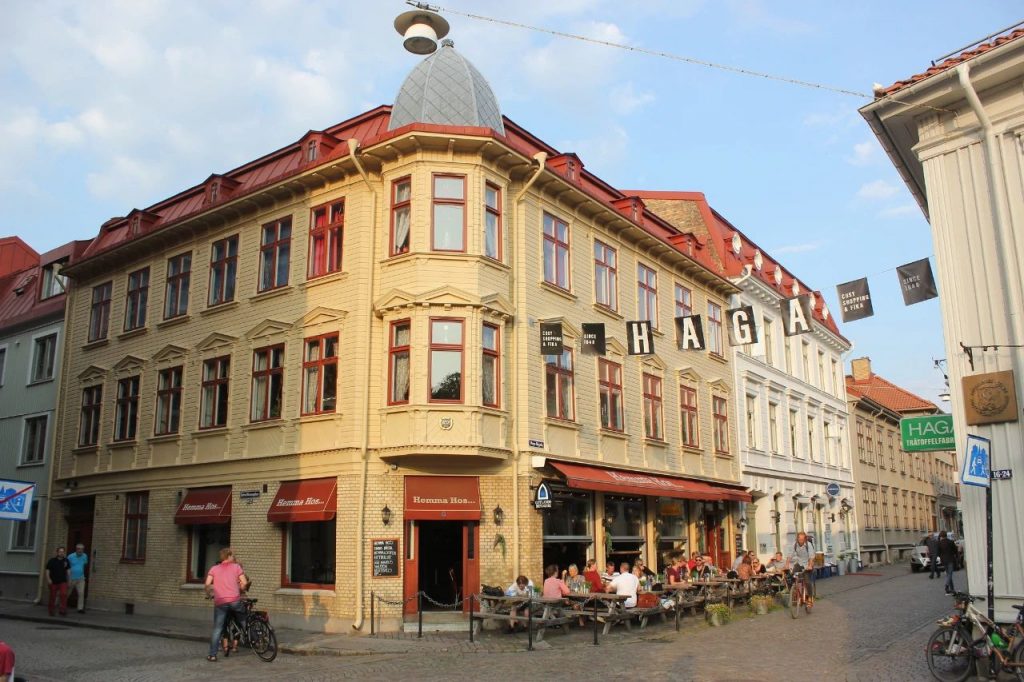
Haga©magro_kr
Check in historical buildings
New Elfsburg Fort
Nya Älvsborgs Fästning
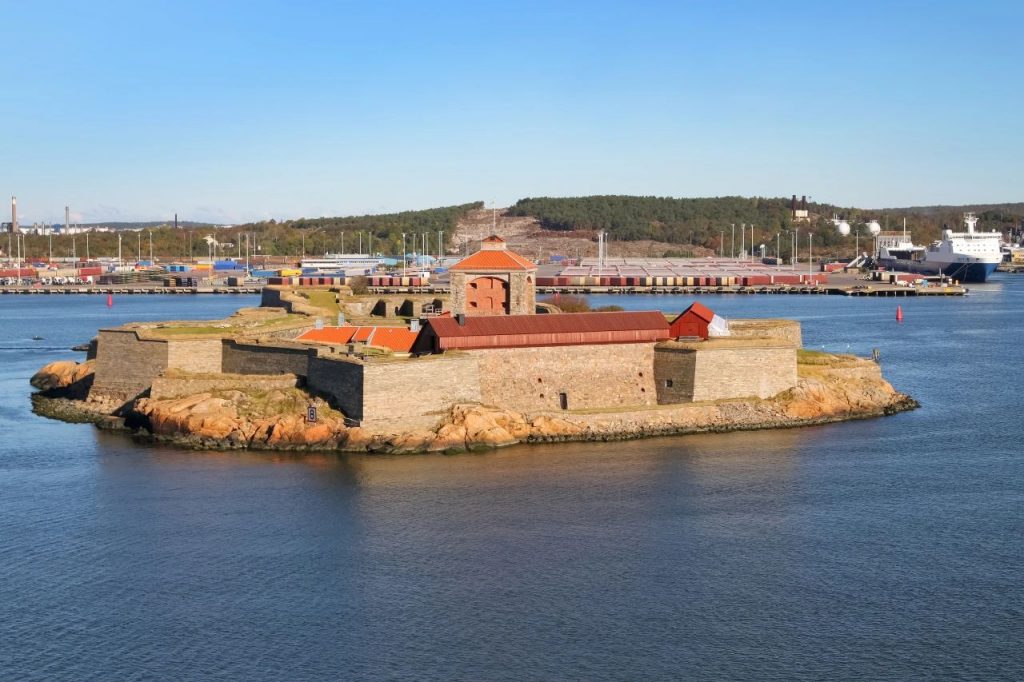
©Image by gvictoria/Shutterstock
Located at the mouth of the Göta älv, the low red Elfsborgs Fortress was built in the 17th century to defend against the Danes who intended to take captives. It also experienced the Great Nordic War that broke out in the early 18th century. The team tour includes the church built for Karl XII’s army, the dungeon that can’t even swim and the original tower.
Royal Town Hall
Kronhuset

Kronhuset © magro_kr
The Royal City Hall is the oldest secular building in Gothenburg. The predecessor was a Dutch-style arsenal built between 1642 and 1654. Its existence is due to the disastrous parliament (riksdag) convened by King Karl X in 1660-he died during the parliament meeting. On the Kronhusbodarna square opposite the town hall courtyard, there are workshops for making and selling pottery, glass, textiles and silverware, as well as Göteborgs Choklad & Karamellfabrik: the chocolate balls here are so delicious that even the purest angels can’t stand the temptation of sweets .
Gothenburg cathedral
Domkyrkan
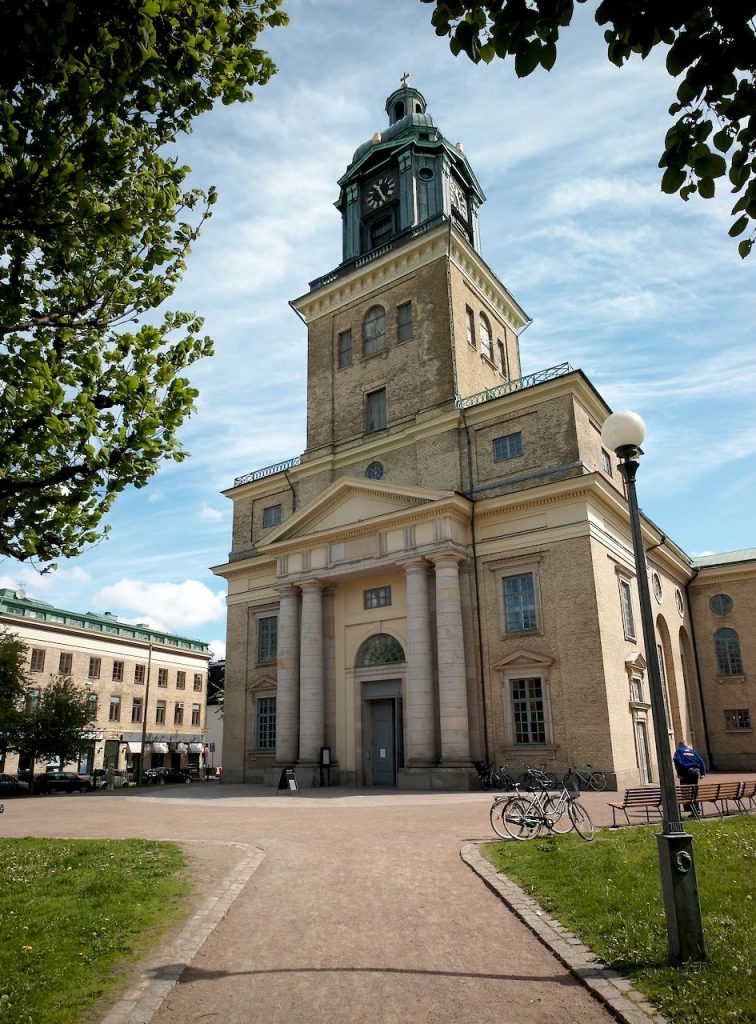
Domkyrkan cathedral in Gothenburg © Sam Doshi
The elegant Gothenburg Cathedral was consecrated in 1815. The two cathedrals previously built on this site were destroyed in the city fire. Many things in the cathedral are relatively modern, and the oldest features include 18th century clocks and altar decorations.
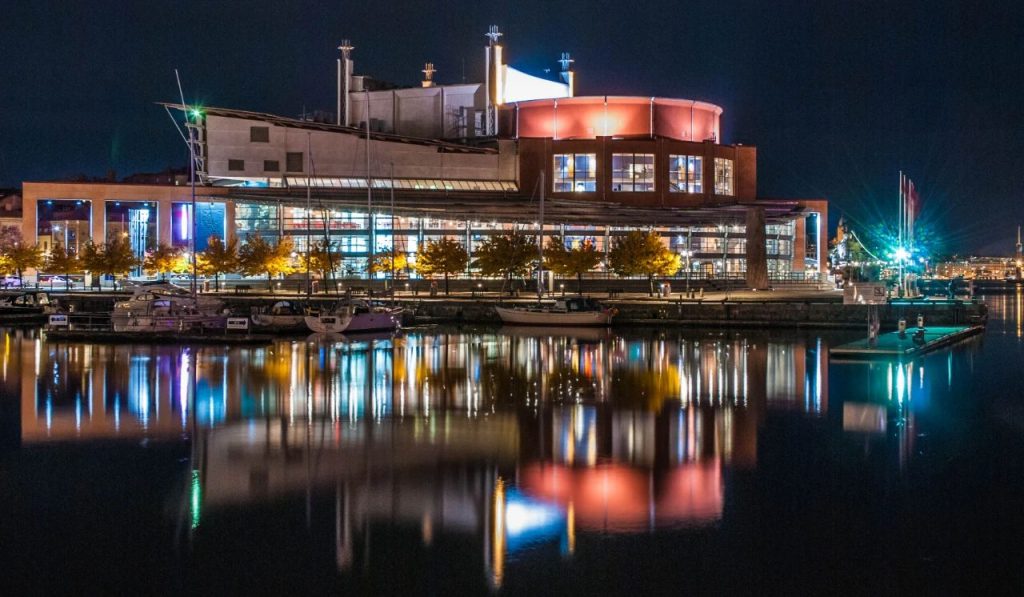
Göteborgsoperan © Dennis Lundqvist
Don’t miss · Contemporary Art and Architecture
Gothenburg has endless imagination and creativity. It seems that every time we come to this city, there are newly opened art galleries, and new talents are everywhere; whimsical buildings continue to spring up like bamboo shoots after rain. In addition to the ones mentioned below, be sure to visit the Göteborgs Operan. Galleri Ferm (www.galleriferm.se) has always had surprises. The works mainly come from Scandinavian artists such as Per Cederbank, Emil Olsson and Finnish painter Yrjö Edelmann. In addition, there are works from internationally renowned contemporary artists. Galleri Thomassen (www.gallerithomassen.se) showcases the creation of cutting-edge talents in its Lilla Galleriet, as well as contemporary art works from Scandinavia and Berlin. Galleri Nils Åberg (www.gallerinilsaberg.se) works here from young talented artists in Scandinavia, as well as well-known contemporary works by Picasso, Juan Miro and others. Gothenburg Observation Tower (Göteborgs-Utkiken) “Skyscraper” Göteborgs-Utkiken is a red and white building, hence the nickname “lipstick”. At the top you can see a wonderful view of the harbor.
The “Gear” office building (Kuggen) is located across the river, next to the Science Park. It is the most exciting new building in this city-a typical representative of green engineering. Kuggen, or “gear”, is like a bright red Colosseum, but it uses triangular windows to maximize the use of natural light; it also has a lot of ecological qualifications, including adaptive ventilation systems and interactive heating cooling system. Take the Älvsn ferry from Rosalund station and walk along the Skeppsbron bridge to Lindholmspiren station.
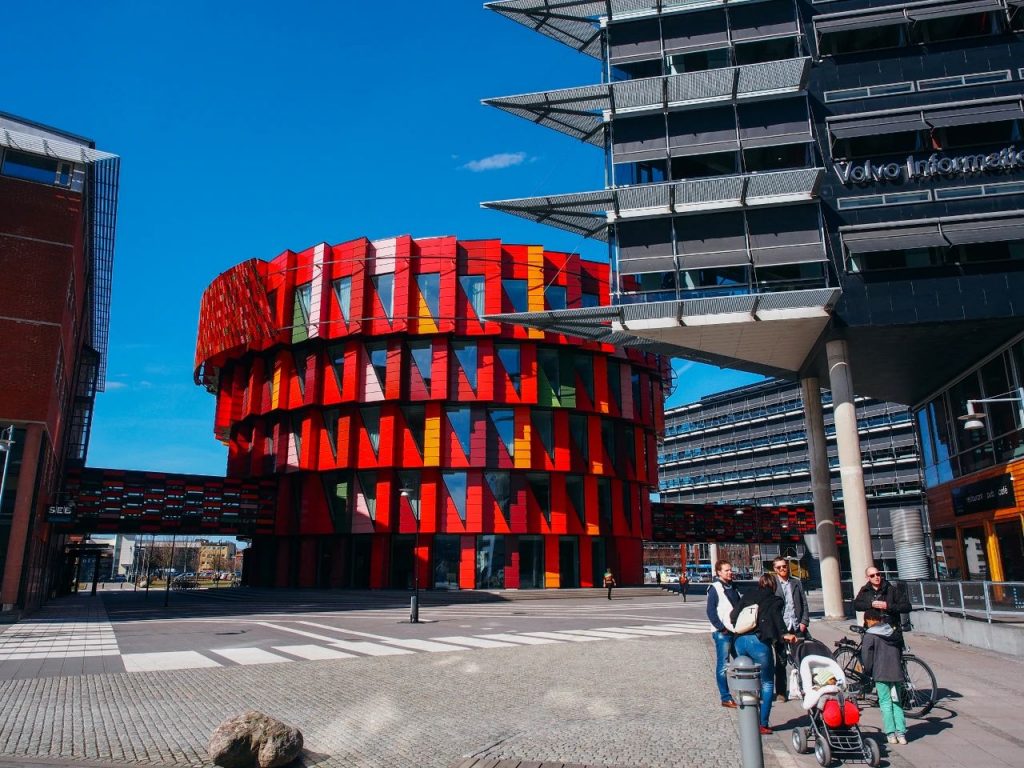
Kuggen. Göteborg © square(tea)
What to eat

©Image by Elena Shashkina/Shutterstock
There is no shortage of food in Gothenburg: the city’s chefs are at the forefront of the Swedish Slow Food movement, and there are no less than 4 Michelin-starred restaurants. Fortunately, there are more less expensive restaurants with a relaxed atmosphere that allow you to taste the country’s best seafood and traditional home cooking (husmanskost).
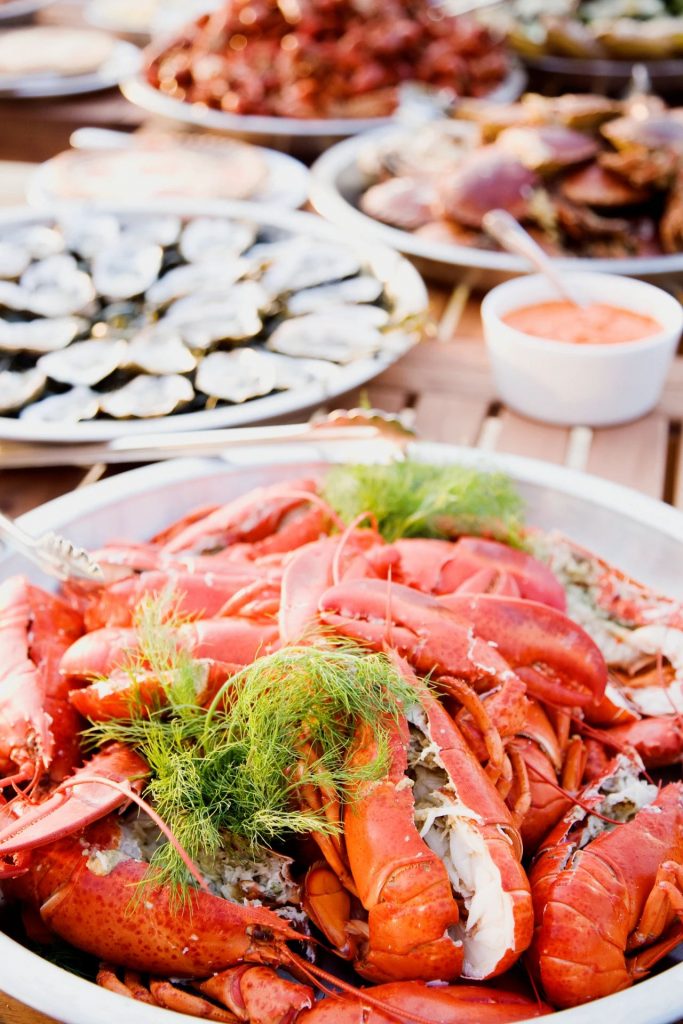
©Image by Camilla Sjodin/Getty Images
There are many trendy cafes, cheap ethnic flavors and gourmet favorite restaurants in Vaasa, Haga and Linnaeus, and the prices are usually lower than those on Avenyn Avenue, which is crowded with tourists. Many high-end restaurants are closed from mid-July to mid-August, so if you want to eat delicious high-end dishes, you’d better plan to come in other months.
Swedish specialties
Swedish Meatballs
Only Swedish meatballs are called Swedish meatballs

Köttbullar © erik forsberg
From Malmö to the Arctic Circle, Swedes like to eat delicious meatballs (köttbullar), but if you talk about the richness of experience, the “meatball capital” should be Stockholm. The Old Town of Stockholm (Gamla Stan) preserves the medieval style. The old buildings resembling gold and ochre have a strange symmetrical beauty. The stone and brick alleys are winding and elegant. There is a restaurant in the old city called Tranan, whose meatballs still adhere to the tradition.
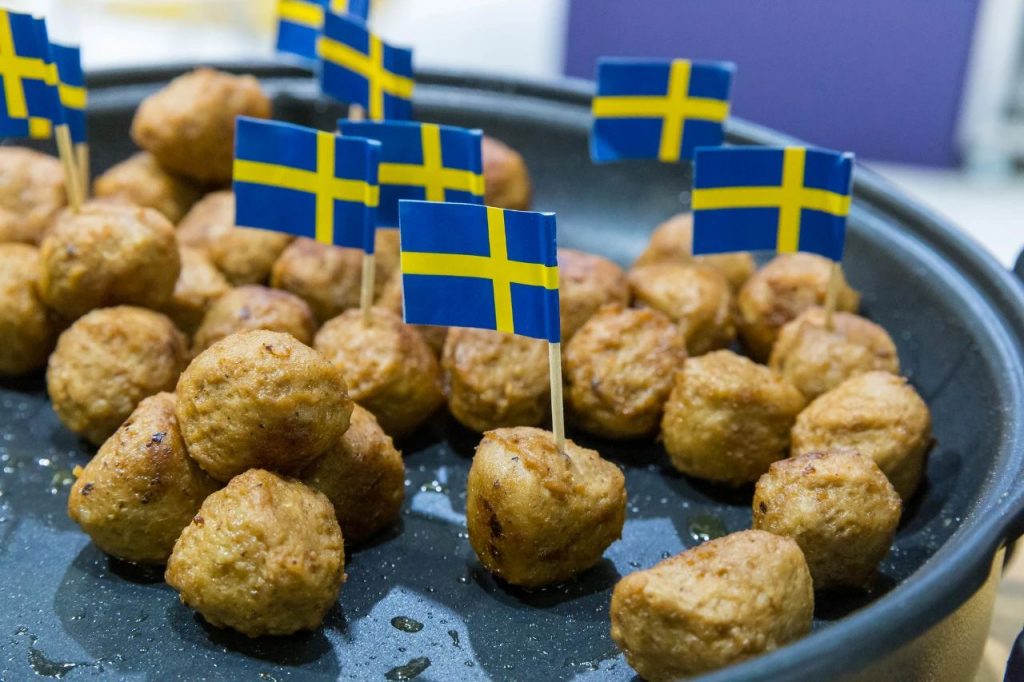
Köttbullar – Schwedische Fleischbällchen in einer Pfanne – vorgekocht, einfach warm machen und essen © Marco Verch
The filling is a mixture of pork and beef, and sometimes reindeer meat is also used. In northern Sweden, breadcrumbs and allspice powder are added to it; a shallow bowl is used for serving, and the bowl is beaten first Very thin mashed potatoes, then fried meatballs, and finally topped with a creamy broth. The side dishes are often pickled cucumber slices and sour bilberries to offset the richness of the cream. Meatballs were originally a working meal for workers to resist the extreme cold of Northern Europe, but today they show a delicate balance of flavors. Remember, if you have never been to Sweden, don’t say you have eaten Swedish meatballs!
Swedish Christmas Cookies
There are good looks and delicious

Pacman pepparkakor © Maria Elvin
Swedish Christmas biscuits (pepparkakor) are thin and crunchy little gingerbreads. The shape is unbelievable. Without it, Sweden cannot have Christmas. Ginger, cinnamon, cloves and cardamom give the biscuits a warm fragrance, while sugar and syrup (locally called sirap) are responsible for the sweetness.

pepparkakor©Kristy Davies
Different molds and different shapes of biscuits. Hearts, stars, people, goats and pigs (in ancient times are a symbol of fertility) are available. It is best to pair with a glass of warm wine (glögg) when eating, and it can follow the Swedish classics. Routine, eat with coffee at fika every day. You can find festive Christmas cookies at the local Christmas market in Sweden. By the way, IKEA also has it.
Samra
Use the milky Semla to “brown coffee” with Swedish friends

Semla©teddy-rised,CC BY-NC-ND 2.0 http://dwz.date/d3Zk
Semla is a small bread made of wheat, chubby, sweet, and stuffed with butter. This thing was originally a traditional festive food on “Shrove Tuesday”, but many Swedes love it to the madness. Under their pressure, as soon as Christmas is over, Samra’s food will appear in the window of the bakery. Figure.
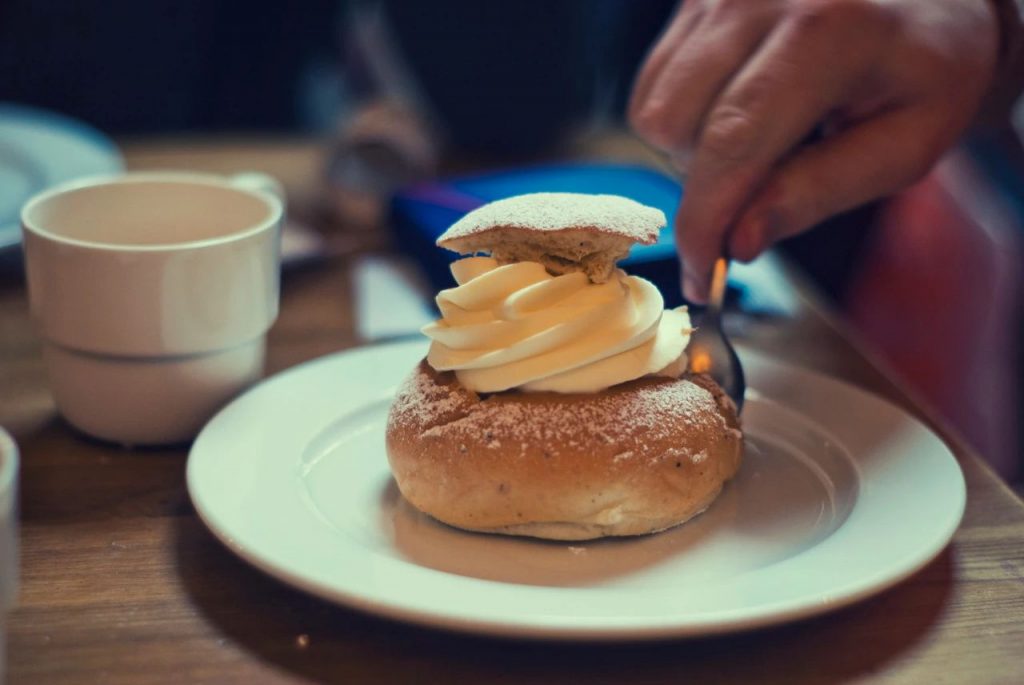
Semla©teddy-rised,CC BY-NC-ND 2.0 http://dwz.date/d3Zr
When should Samra be eaten? Of course you have to eat it at fika! Coffee coffee is the Swedish “tea break”. Friends and colleagues get together and chat while drinking coffee. It is regarded as a “social obligation” in many workplaces. From Christmas to Easter, there are Samra in bakeries in Sweden and throughout Scandinavia.
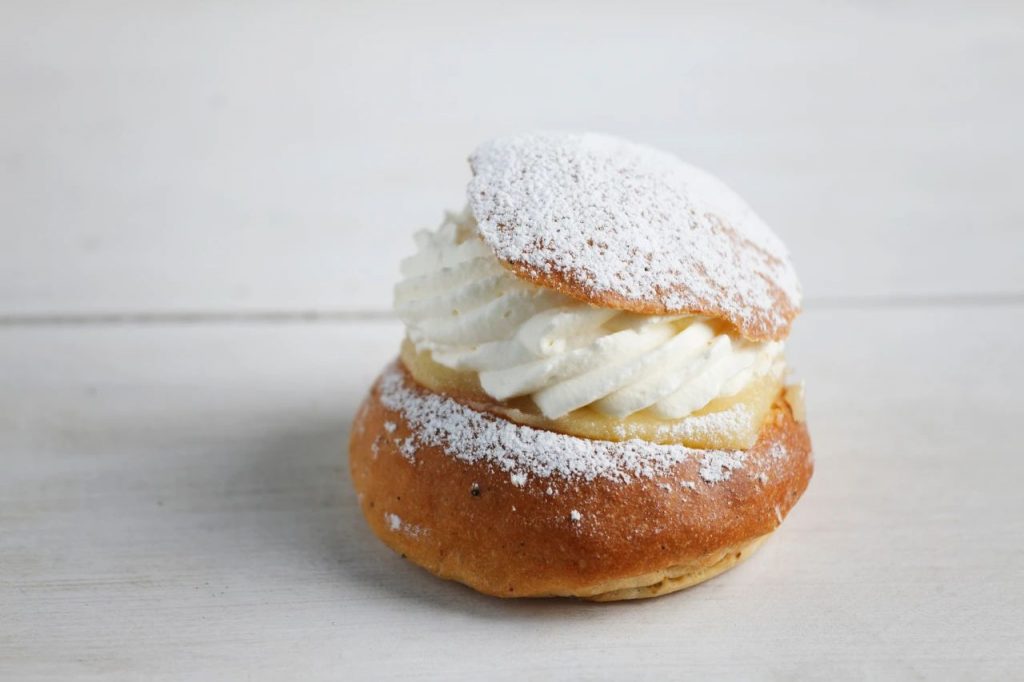
©Image by Johner Images/Getty Images
Comments